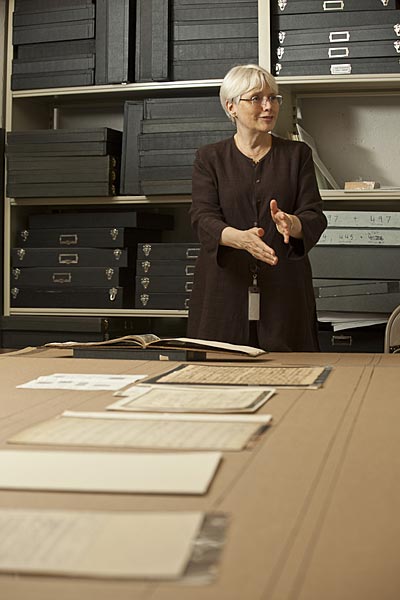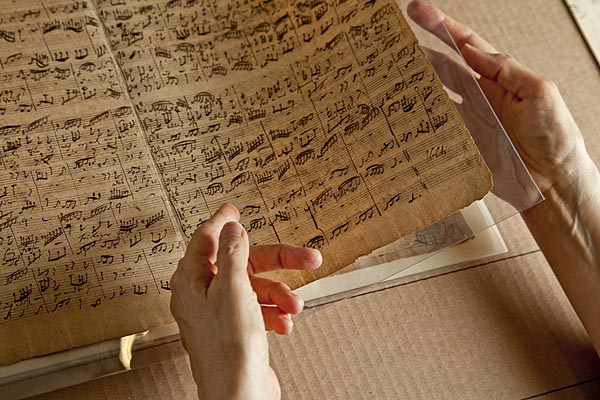July 7, 2010
"[Mr. Morgan's library] is an irreplaceable collection, beautifully housed, which began as the gift and creation of one man and is today a cherished public possession." (Letter from President John F. Kennedy congratulating the library on its 1961 expansion, October 1, 1962; emphasis ours)
Belle da Costa Greene, First Director of the Morgan
The decision to maintain the library and continue to grow its collections after Pierpont Morgan's death in 1913 was probably promoted by Belle da Costa Greene, Mr. Morgan's curator and librarian. In 1915 she wrote to the London book dealer Quaritch: "I am glad to tell you that [J. P. Morgan, Jr.] has a strong interest in the library and promised that I may go on collecting books and manuscripts when the war is over."
Belle went on to be the first director of the library and effected its transition from private to public institution. In addition to making numerous important purchases for the growing collection, she mounted forty-six exhibitions between 1924 and her retirement in 1950. She was committed to the dictum in Morgan's will that the collection be made "permanently available for the instruction and pleasure of the American people." It is in this spirit that new cases have been designed for display of highlights from the Morgan's varied collecting areas in J. Pierpont Morgan’s Library, much as they were exhibited during the early history of the Morgan as a public institution.
Choosing Works for Installation
In keeping with Belle and Mr. Morgan's vision for the library as a place of scholarly learning, current curators and conservators are now working together to select material for the beautifully finished cases that will hold a rotating selection of the collection's greatest treasures. Cases in the East Room (Mr. Morgan's library) will contain a sampling of the extraordinary breadth and depth of the Morgan's collections of printed books and bindings, medieval and Renaissance manuscripts, music manuscripts and printed music, and literary and historical manuscripts. A selection of the Morgan's outstanding holdings of Americana, also drawing on various collections within the Morgan, will be on display in cases in the Rotunda.
A Curator's Perspective
Curators enjoy the challenge of deciding what to show from the Morgan's vast holdings. Once the pieces are chosen, the curators research them and share their knowledge through explanatory labels that convey the objects' beauty, rarity, and importance.
Fran Barulich, Mary Flagler Cary Curator and Department Head of Music Manuscripts and Printed Music, relates the process of making her selection for the cases: "There are many challenges to selecting items for collection highlights: first, will the item fit in the case?; second, ensuring that new items, in addition to old favorites, are displayed; third, striving for a mix of different types of musical scores—orchestral, vocal, and solo instrumental; and fourth, selecting a page to be displayed that will satisfy the conservation department's concerns and the public's interest. The fun part involves learning about the items and their history in order to write an engaging label and placing the items in the case to see if and how it all works together."
Portrait of Belle da Costa Greene. Hired in 1905 as Pierpont Morgan's librarian and curator, Greene later became the first director of the library and effected its transition from private to public institution.







